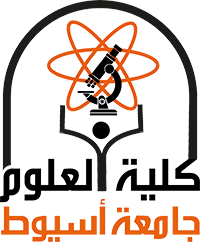The authors present here the decomposition of un-irradiated (pristine) as well as of gamma (γ) and electron beam (EB) irradiated samples of europium (III) acetate hydrate (EuAc.xH2O) in the temperature range of 25-900 in the air atmosphere. Two absorbed doses of 103 (γ-ray) and 102 kGy (EB) were examined. The profiles of the TG curves of the dehydration process display noticeable changes in induction periods and mass loss percentages by exposure to irradiation. The kinetics of the dehydration process were analyzed using both model-fitting and model-free approaches. The dehydration process was controlled by the phase boundary model (R2). The
−α plots indicate that the dehydration is not a complex process and follows one reaction mechanism. Powder X-ray diffraction displayed that europium acetate hydrate crystallizes in a monoclinic system (SG P2/m), and no phase transformation was detected by two sources of irradiation up to 103 (γ-ray) and 102 kGy (EB). Thermodynamic parameters of the dehydration process were calculated and assessed. A predicted thermogram (TG) of the isothermal dehydration of EuAc.xH2O was constructed from non-isothermal data and used to determine the reaction model and the kinetic parameters of the dehydration process.
ملخص البحث
تاريخ البحث
قسم البحث
مستند البحث
مجلة البحث
Radiochim. Acta
المشارك في البحث
الناشر
ED GRUYTER
عدد البحث
113(3)
موقع البحث
https://doi.org/10.1515/ract-2024-0317
سنة البحث
2024
صفحات البحث
229-243

